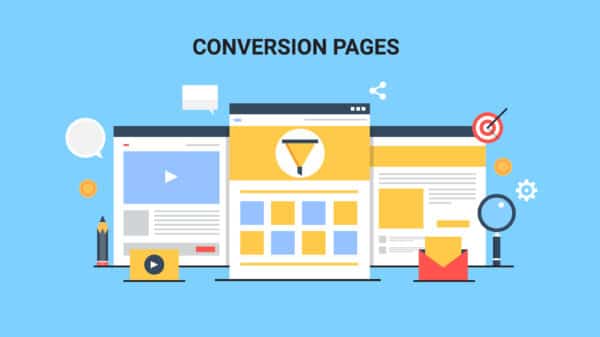Pay-per-click (PPC) marketing is essential to modern digital marketing strategies. It allows businesses to reach their target audience effectively and efficiently by placing ads in front of their intended viewers.
However, creating a successful PPC campaign isn’t just about setting it up and letting it run. It requires constant monitoring and optimization to ensure maximum ROI. This is where analytics comes into play. Analytics provides valuable insights into the performance of PPC campaigns, allowing marketers to make data-driven decisions to optimize their campaigns for better results.
Why analytics is important in PPC marketing?
Data-driven decision-making: Analytics helps marketers make data-driven decisions, instead of relying on gut instincts or assumptions. By analyzing metrics and data, marketers can understand the effectiveness of their PPC campaigns and make necessary changes to optimize them.
Audience behavior: Analytics provides insights into audience behavior, allowing marketers to understand their target audience better. They can determine what works and what doesn’t, which channels their audience prefers, and what content resonates with them. This information can then be used to improve the PPC campaign and increase its effectiveness.
Measuring effectiveness: Analytics allows marketers to track key metrics such as click-through-rate (CTR), cost-per-click (CPC), conversion rate, and return on investment (ROI). By measuring these metrics, marketers can determine the effectiveness of their PPC campaigns and optimize them accordingly.
Identifying optimization opportunities: Analytics provides insights into areas of the PPC campaign that require optimization. This could be the ad copy, the landing page, or the targeting strategy. Marketers can use this information to optimize the campaign and improve its performance.
Key metrics in PPC marketing analytics
Click-through-rate (CTR): The CTR measures the percentage of clicks an ad receives out of the total number of impressions. A high CTR indicates that the ad is relevant and engaging to the audience, while a low CTR could mean that the ad needs optimization.
Cost-per-click (CPC): The CPC measures the cost per click for each ad. It is an important metric to track as it helps determine the effectiveness of the PPC campaign and its ROI.
Conversion rate: The conversion rate measures the percentage of visitors who take a specific action on the website, such as filling out a form or making a purchase. A high conversion rate indicates that the PPC campaign is effective in driving relevant traffic to the website.
Return on investment (ROI): The ROI measures the profitability of the PPC campaign by calculating the revenue generated compared to the cost of the campaign. A positive ROI indicates that the campaign is profitable, while a negative ROI indicates that changes are needed to optimize the campaign.
Analyzing competitor data
Market trends and consumer behavior: Analyzing competitor data provides valuable insights into market trends and consumer behavior. Marketers can determine what their competitors are doing, which strategies are working, and what opportunities exist in the market.
Identifying gaps and opportunities: Analyzing competitor data can help identify gaps and opportunities in your own PPC campaign. Marketers can determine what their competitors are not doing, and where they can differentiate themselves in the market.
Informing strategy and optimization: Analyzing competitor data can help inform the overall strategy and optimization of the PPC campaign. Marketers can use the insights gained from competitor data to optimize their campaigns and improve their performance.
Tools for PPC marketing analytics
Google Analytics: Google Analytics is a popular tool for tracking website traffic and providing insights into website performance. It can also be used to track the performance of PPC campaigns.
Google Ads: Google Ads is an advertising platform that allows businesses to place ads on Google’s search engine results pages. It also provides valuable analytics and insights into the performance of PPC campaigns, including metrics such as click-through-rate, cost-per-click, and conversion rate.
SEMrush: SEMrush is an all-in-one digital marketing tool that offers keyword research, site audit, and competitive analysis features. It also includes a PPC toolkit that provides insights into competitor data and allows for the tracking and analysis of PPC campaigns.
AdEspresso: AdEspresso is a social media advertising tool that offers features such as ad creation and optimization, audience targeting, and analytics. It integrates with popular social media platforms such as Facebook, Instagram, and LinkedIn, making it a valuable tool for analyzing the performance of PPC campaigns on these platforms.
Conclusion
Analytics is a critical component of successful PPC marketing campaigns. It provides valuable insights into audience behavior, key metrics, and competitor data, allowing marketers to optimize their campaigns and improve their performance. Businesses can make data-driven decisions and achieve maximum ROI from their PPC campaigns by using the right tools and analyzing the right data. So, if you’re running a PPC campaign, make sure to pay close attention to your analytics and use the insights gained to optimize your campaigns for better results












